Shari
L. Stockero |
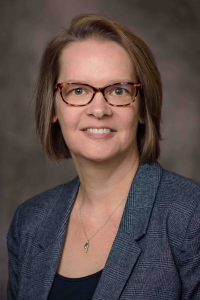 |
Shari Stockero
is an associate professor of mathematics education at Michigan
Technological University. Her primary interest is understanding
how to support teacher learning at both the pre-service and
inservice levels. Her research has focused on using video
to support mathematics teacher learning and on helping mathematics
teachers learn to notice important events that occur during
instruction and use them to better support students' learning
of mathematics. |
|
www.mtu.edu/psychology/people/faculty-allied-content/stockero/
 |
Laura
R. Van Zoest |
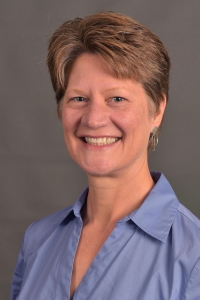 |
Laura Van Zoest
is a professor of mathematics education at Western Michigan
University specializing in secondary mathematics teacher
education. She is interested in how people become effective
mathematics teachers, teacher educators, and researchers,
and ways university programs can accelerate that development.
Her research has investigated the effect of reform curriculum
materials on teacher development, the use of practice-based
materials in university methods courses, and the cultivation
of productive norms in teacher education. |
|
www.wmich.edu/math/directory/van-zoest/
 |
Keith
R. Leatham |
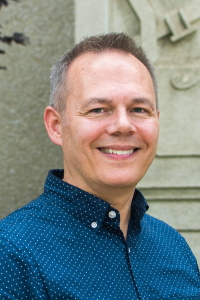 |
Keith R. Leatham is professor of mathematics education at Brigham Young University in Provo, UT. His research focuses on understanding how teachers learn to facilitate student mathematics learning. In particular, he studies how teachers learn to use technology in teaching and learning mathematics, how they learn to recognize and use students' mathematical thinking, and how their beliefs about mathematics, its teaching and learning are related to the learning-to-teach and teaching processes. |
|
mathed.byu.edu/kleatham/
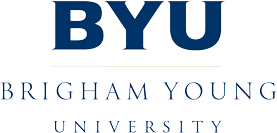 |
Blake
E. Peterson |
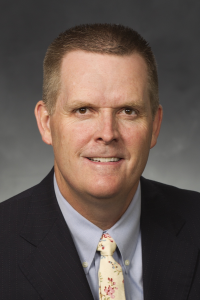 |
Blake Peterson is a professor of mathematics education at Brigham Young University. His research centers on how preservice teachers learn to teach mathematics. More specifically, he has studied student teaching in the United States and in Japan and how the structure of that experience influences the opportunity for preservice teachers to learn. Intertwined with his research in Japan is an effort to understand how to teach preservice mathematics teachers to recognize and effectively build on student mathematical thinking during instruction. More specifically, he is interested in how to recognize and build on "teachable moments"—what we call MOSTs. |
|
mathed.byu.edu/~peterson/
 |
Okan Arslan |
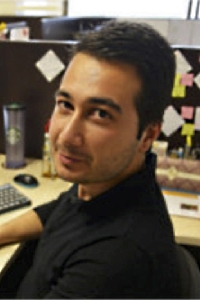 |
Okan Arslan is a doctoral student in the Mathematics Education Department at Middle East Technical University in Turkey. He was a visiting scholar at Western Michigan University during the 2016–2017 academic year working on the MOST project. His doctoral research focuses on exploring the characteristics of working communities that support middle school mathematics teachers' professional development. Furthermore, he is interested in using students' thinking to train preservice teachers to develop reform-based teaching practices. |
|
|
Napthalin Atanga |
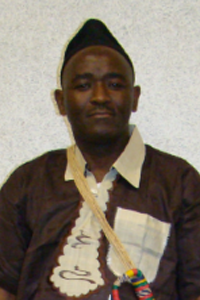 |
Napthalin Atanga was a postdoctoral fellow at Western Michigan University working on the MOST project from May 2014 until May 2015. His contributions include involvement with the coding, analysis, and dissemination of the attributes of MOSTs study, and initial work with the teacher response coding scheme. |
|
|
Sarah Van Baale |
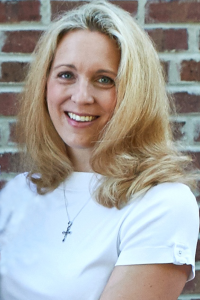 |
Sarah Van Baale served as a MOST research assistant from 2016-2017, while a graduate student in Mathematics Education at Western Michigan University. She contributed to the project by coding for MOSTs in video data. |
|
|
Rachel Gunn Bernard |
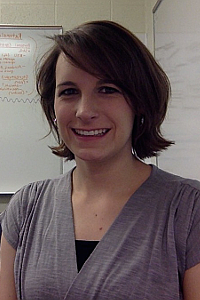 |
Rachel Gunn Bernard received her Masters in Mathematics Education from Brigham Young University in 2016. Her thesis explored how teachers respond to MOST and non-MOST instances of student thinking. She worked on the MOST project from 2014–2016 and was responsible for coordinating work with undergraduate research assistants, facilitating project work on coding teacher responses and editing the teacher response codebook. |
|
|
Elizabeth Fraser |
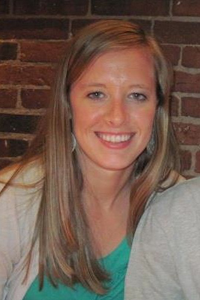 |
Elizabeth Fraser received her Masters in Mathematics Education from Western Michigan University in 2016. She worked on the MOST project from 2014-2016 for which she was a core member of the Scenario Interview research team. At WMU, she was also instrumental in developing activities for preservice teachers learning to identify the mathematical point in instances of student thinking. |
|
|
Ben Freeburn |
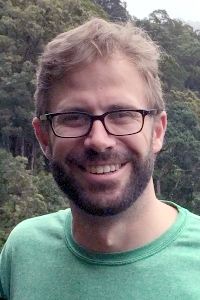 |
Ben Freeburn earned his PhD in Curriculum and Instruction with emphasis in Mathematics Education from Penn State University in 2016. He served as a research associate from 2016-2018. His primary contributions included coding, analysis and reporting of studies related to the teacher response coding scheme. |
|
|
Lindsay Merrill |
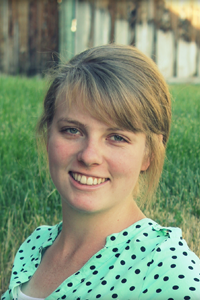 |
Lindsay Merrill received her Masters in Mathematics Education from Brigham Young University in 2015. She worked on the MOST project from 2012–2014. She was integral from the beginning in organizing data, keeping a record of meeting conversations and coordinating work with the BYU undergraduate research assistants. In addition to the MOST project, she studied English Learners' participation in mathematical discourse. |
|
|
Mary A. Ochieng |
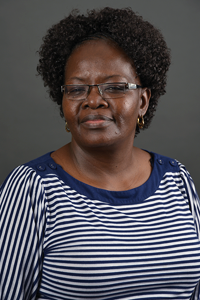 |
Mary A. Ochieng received her PhD in Mathematics Education from Western Michigan University in 2018. Her dissertation investigated what and how preservice mathematics teachers learn through pedagogies of enactment. She began work on the MOST project in 2013 and has contributed in significant ways to all aspects of the project. |
|
|
Kylie Palsky |
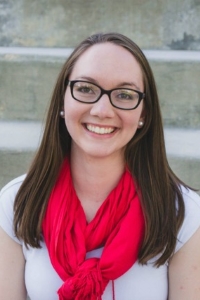 |
Kylie Palsky received her Masters in Mathematics Education from Brigham Young University in 2018. Her thesis explored principles of productivity revealed from secondary mathematics teachers' discussions around the productiveness of teacher moves in response to teachable moments. She worked on the MOST project from 2016-2018 and was responsible for coordinating work with undergraduate research assistants and facilitating project work on the teacher development experiments. |
|
|
Annick Rougee |
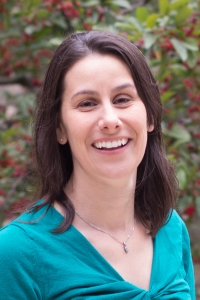 |
Annick received her PhD from the University of Michigan in 2017. Her work as a field instructor motivated her dissertation study of how preservice teachers manage students' responses in the secondary mathematics classrooms. She worked on the MOST project from 2014-2018 and was instrumental in contributing to the development of the teacher response coding scheme.Through her work on the MOST project, Annick was accepted as a 2015-2016 NSF CADRE (Community for Advancing Discovery in Research in Education) Fellow. |
|
|
Joshua M. Ruk |
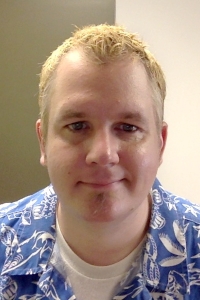 |
Josh Ruk is a math education Ph.D. Student at Western Michigan University. Prior to this, he received undergraduate degrees in mathematics and forestry management and an MAT in mathematics education. Josh taught high school math for three years and was an assistant professor of mathematics for four years. His research interests focus on the teaching and learning of mathematics at the elementary school level and how knowledge of basic mathematical concepts is retained as students continue their educational careers. |
|
 |